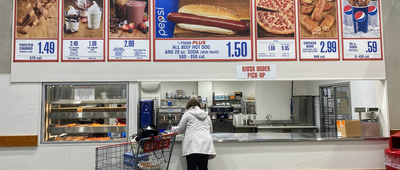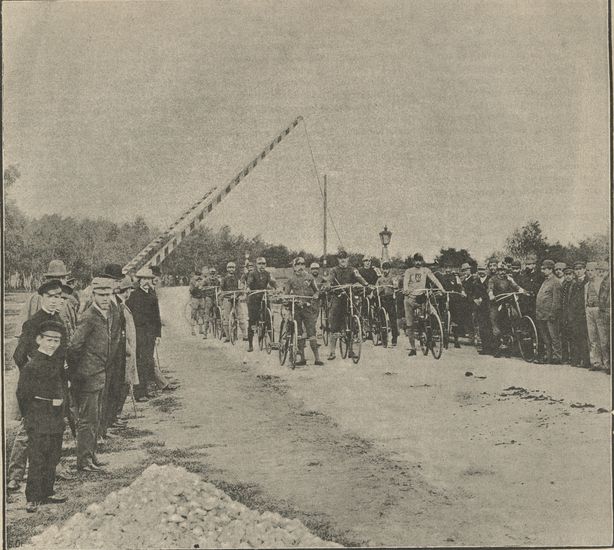Pedal Power
A first bike is the childhood equivalent of a driver's license, but those familiar, two-wheeled, pedal-powered machines (and the outdoor trails best for riding them) aren't just for kids — bicycles transformed the nature of human mobility and are even a great way to get around in some cities. The two-wheeler concept dates back centuries, but modern bikes only emerged fairly recently. Once merely a novelty, bicycles are now a multi-billion dollar industry and a part of human culture on nearly every corner of the Earth.

































